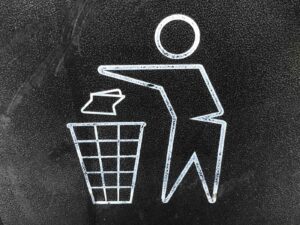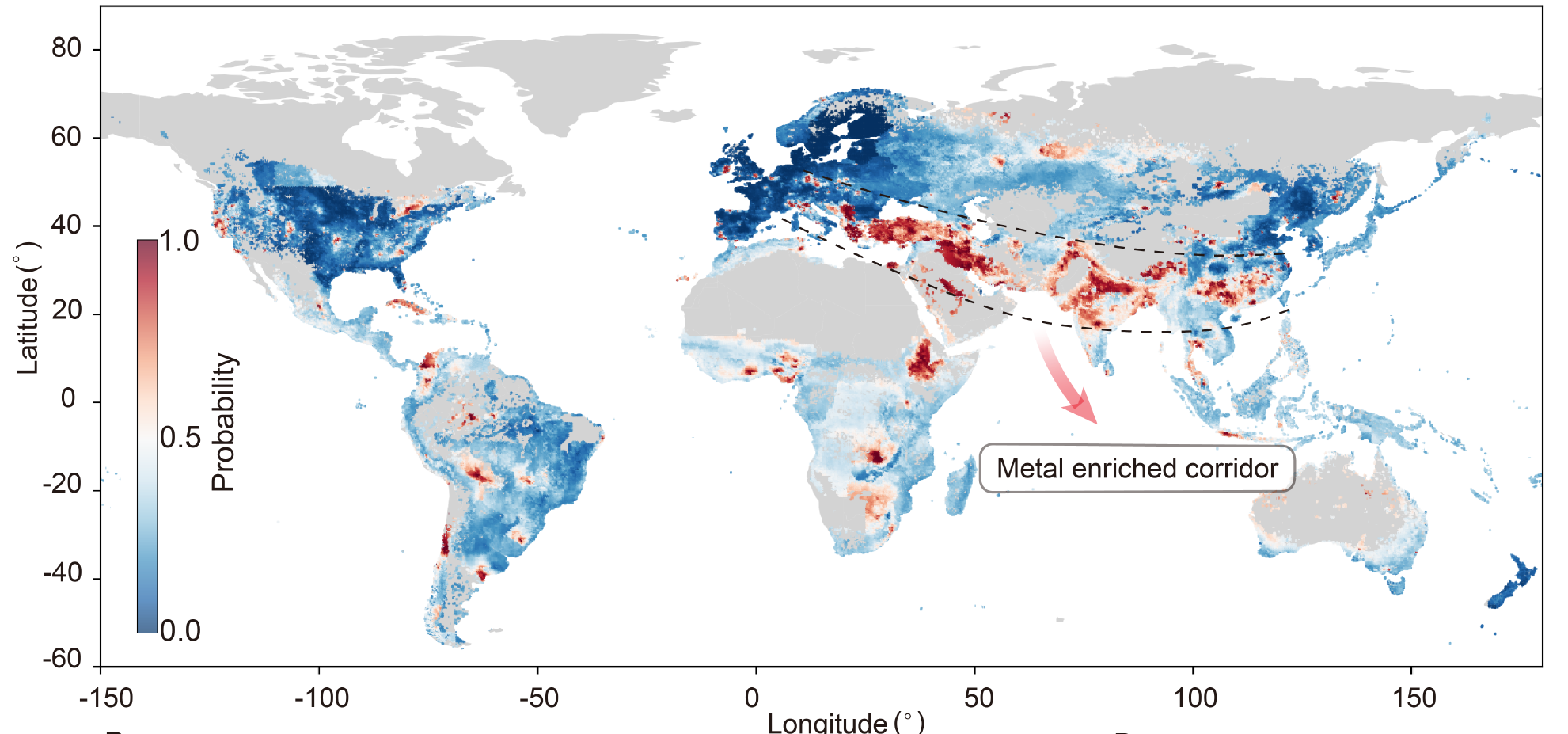A new study has revealed the extent of the threat to food security, human health and natural ecosystems.
Published in the journal Science last week, the analysis by Rothamsted Research assessed the condition of 800,000 soil samples taken from across the globe, and found 17% contained dangerous levels of materials such as arsenic, lead and cadmium.
The team believe they have now identified a new ‘high risk zone’ for land contamination. This stretches from Europe, through the Middle East and into South Asia. Natural geological processes and centuries of geological activity are believed to be responsible for the situation, with mining and smelting cited as two of the most significant contributing factors.
1.4billion people living in these highly polluted regions, and there is a strong likelihood some of the pollution will enter the food chain, where it can significantly harm human and animal health after already turning the roots and branches of ecosystems toxic.
The findings also exacerbate existing concerns about the degradation of soil, and the impact rocketing demand for critical metals could have on our environment. Data limitations prevented some areas being included in the study, which scientists say urgently needs to be addressed in order to understand the extent of the issue.
‘Soil pollution is not just an environmental issue—it directly affects human health and global food security,’ said Rothamsted’s Professor Steve McGrath, who was part of the multi-institute research team led by Tsinghua University in Beijing, China. ‘Protecting our soils is as important as protecting our air and water. Without clean soil, we cannot produce safe food.’
Image: Rothamsted Research
More on pollution:


















